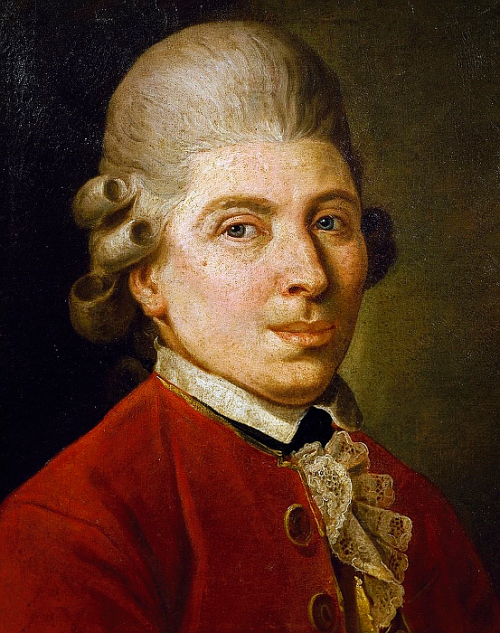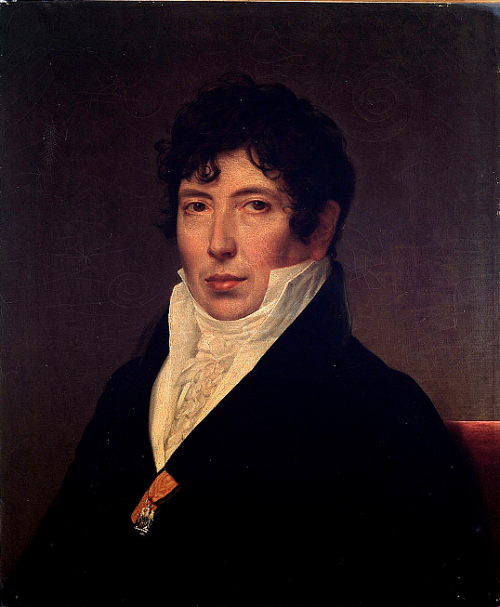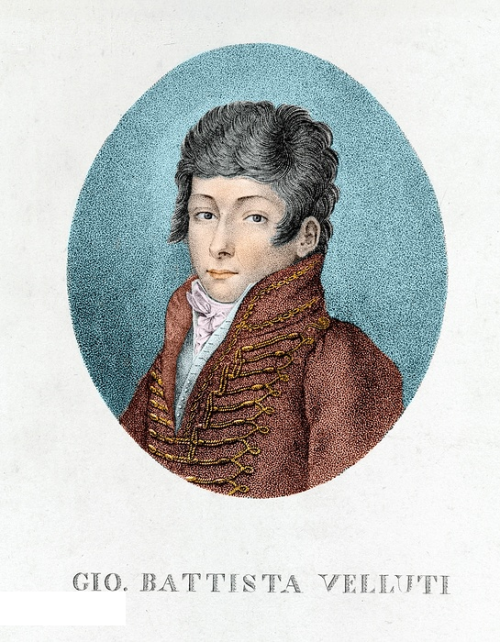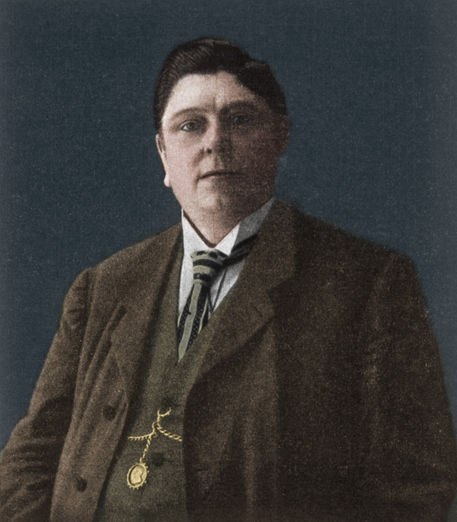The brief history of Castrati - part four (part one, part two, part three)From about 1740, if not ea
The brief history of Castrati - part four (part one, part two, part three)From about 1740, if not earlier, the number of castratos, which may have reached several hundred at any one time in the middle decades of the 17th century, began to fall, and the practice of castration for musical purposes came under increasing attack even in Italy. The reasons for the general decline - which to begin with affected church choirs more obviously than the operatic stage - are probably to be sought in relative economic improvement during the 18th century, and in the simultaneous decline in the kind of Christian asceticism that had held up celibacy as an unmixed good. But for Giovanni Battista Velluti, scarcely any castratos appeared in opera after about 1800. Only the Papal States (reduced, from 1870, to the Vatican) went on making and employing a small number of castrato church singers. The quality of castrato voices cannot now be recaptured; the gramophone records made in 1902 - 3 by Alessandro Moreschi, a leading soprano in the Cappella Sistina, give only a faint notion. All of Moreschi’s recordings were made in Rome in two sets of recording sessions for the Gramophone & Typewriter Company. The first series of recordings were made on 3 and 5 April 1902 by Will and Fred Gaisberg. Decades later Fred Gaisburg recalled making these historic first recordings in the Vatican: “Selecting a great salon with walls covered with Titians, Raphaels, and Tintorettos, we mounted our grimy machine right in the middle of the floor.” The second set of recordings was made in Rome in April 1904, under the direction of W. Sinkler Darby. CDs on the Opal and Pearl labels reproduce the recordings. Critical opinion is divided about Moreschi’s recordings: some say they are of little interest other than the novelty of preserving the voice of a castrato, and that Moreschi was a mediocre singer, while others detect the remains of a talented singer unfortunately past his prime by the time he recorded. (Moreschi was in his mid-forties when he made his recordings.) Still others feel that he was a very fine singer indeed, and that much of the “difficulty” in listening to Moreschi’s recordings stems from changes in taste and singing style between his time and ours. His vocal technique can certainly seem to grate upon modern ears, but many of the seemingly imperfect vocal attacks, for example, are in fact grace notes, launched from as much as a tenth below the note – in Moreschi’s case, this seems to have been a long-standing means of drawing on the particular acoustics of the Sistine Chapel itself. The dated aesthetic of Moreschi’s singing, involving extreme passion and a perpetual type of sob, often sounds bizarre to the modern listener, and can be misinterpreted as technical weakness or symptomatic of an aging voice. Contemporary accounts speak of castrati’s uncommon brilliance allied with power, a wide range, a breathing capacity beyond the reach of most normal voices, and sometimes an unearthly timbre (not at all like that of falsettists). The voce bianco,or white voice,was not really human; there was a certain detachment and depersonalization, almost godlike. In 1858 Gioachino Rossini described the castrati this way: In my youth it was my good fortune still to be able to hear some of those fellows. I have never forgotten them. The purity, the miraculous flexibility of those voices and, above all, their profoundly penetrating accent – all that moved and fascinated me more than I can tell you. -- source link
Tumblr Blog : fuckyeahfarinelli.tumblr.com
#and wiki#opera singer#history#classical music#velluti#giuseppe aprile#moreschi#allesandro moreschi#crescentini#girolamo crescentini#rossini#gioachino rossini#19 century



